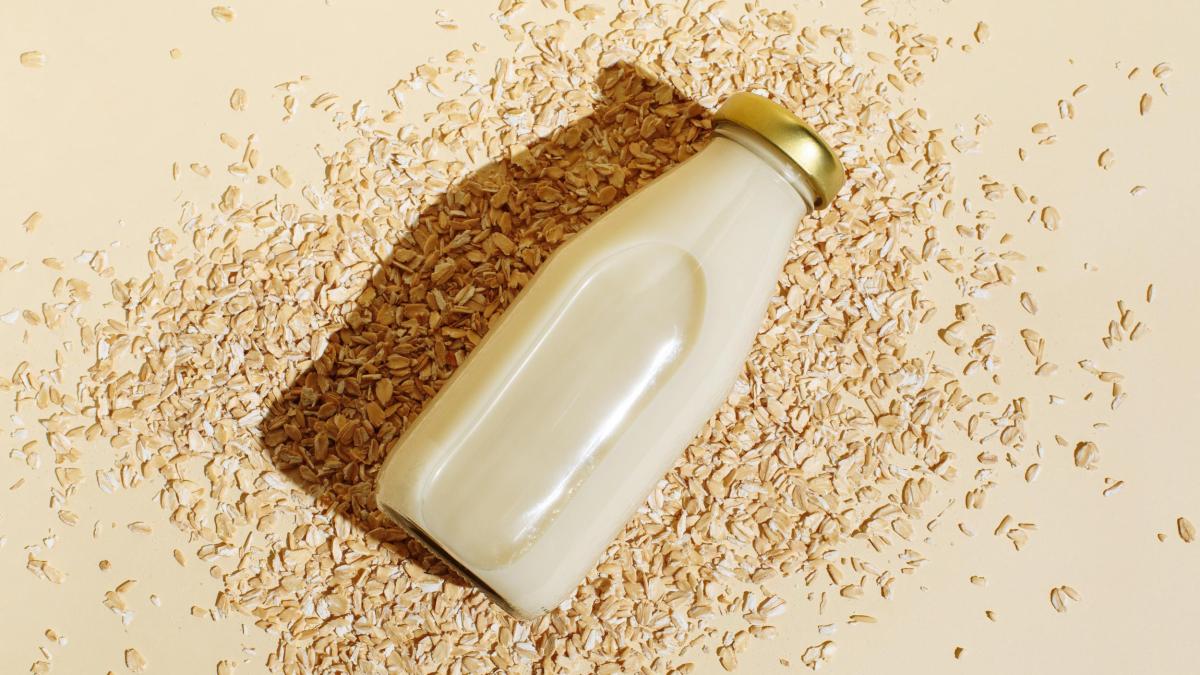Blood sugar, cholesterol, etc.:Improve blood values with nutrition
by Christina-Maria Pfersdorf
What you eat also influences your blood values. What they reveal about your state of health and how you can specifically improve your blood values with the right diet.
Nutritionist Brigitte Bäuerlein explains what to look out for when it comes to blood fats such as cholesterol and how to reduce high levels.07.03.2024 | 7:28 min
Searching for clues in the laboratory
:What blood values reveal
Blood tests provide important information about health. And they are important for detecting diseases. However, blood tests also have limitations. An overview.
by Jennifer Gesslein

Blood sugar as a risk for diabetes
If blood sugar levels are abnormal, the HbA1c value, the long-term sugar, is checked. It is the blood sugar memory, so to speak, and provides information about the average blood sugar level of the past few weeks. In healthy people, the HbA1c is between 5.7 and 6.4 percent or 39 to 46 millimoles per mole (mmol/mol).
Increased blood sugar levels
:Prediabetes – detect and treat earlier
In prediabetes, the blood sugar level is not yet in the pathological range. Nevertheless, experts warn of the risks. Why it can be important to act early.
by Markus Böhle

How to lower blood sugar
Avoiding added sugar in foods and simple carbohydrates can help improve blood sugar levels.
Dr. Brigitte Bäuerlein, nutritionist
Food check
:How healthy are oatmeal really?
There is currently a lot of discussion about oat flakes on social media channels – are they healthy or not? Two experts explain what is really in the flakes.

Blood fats dangerous for the vessels
For people with a low risk of cardiovascular disease, the LDL value should be below 116 mg/dl. For HDL, a value of over 40 mg/dl is recommended.
The total cholesterol level indicates how much cholesterol is in the entire bloodstream. A high value is rather unfavorable. It should not exceed 200 mg/dl.
Triglycerides and cholesterol are produced in the body, but also come from food. A normal triglyceride level is typically below 150 mg/dl. The balance between absorption, formation and breakdown can be disturbed for various reasons and lead to an increase in triglycerides.
Which values play a role in blood lipids and how they are measured.07.03.2024 | 2:29 min
The influence of diet also has its limits. In some cases, a change in diet may not bring any improvement.
Dr. Brigitte Bäuerlein, nutritionist
If other risk factors are present, you should talk to your doctor about taking certain medications, says Bäuerlein.
Healthy legumes
:What makes peas, lentils & co. so valuable
Pulses have a lot to offer: They are not only high in protein, but also high in fiber. Growing them also has benefits for the climate.
by Birgit Hermes and Finn Gabriel

Iron as a vital nutrient
Iron is an essential trace element that is essential for the formation of red blood pigment (hemoglobin) and the transport of oxygen in the body.
You should have your iron levels checked if you show symptoms of iron deficiency such as fatigue or poor performance.
Dr. Brigitte Bäuerlein, nutritionist
Iron deficiency is one of the most common deficiency symptoms worldwide. To determine iron deficiency, the levels of iron, ferritin and transferrin in the blood should always be determined.
Important iron values and their significance
The level of iron in the blood serum can indicate an iron deficiency. It should be between 60 and 180 μg/dl for women and between 70 and 180 μg/dl (micrograms per deciliter) for men.
However, the value alone is not sufficiently meaningful because it does not take into account fluctuations over the course of the day or possible inflammations or infections that can affect the iron level. Therefore, two additional values should always be determined.
Transferrin is a protein that transports iron in the blood. It binds to a receptor on the surface of cells and releases iron. It is then available again for iron transport.
Ferritin is a protein that stores iron. It protects cells from the toxic effects of free iron. The ferritin level is determined, for example, if anemia is suspected.





